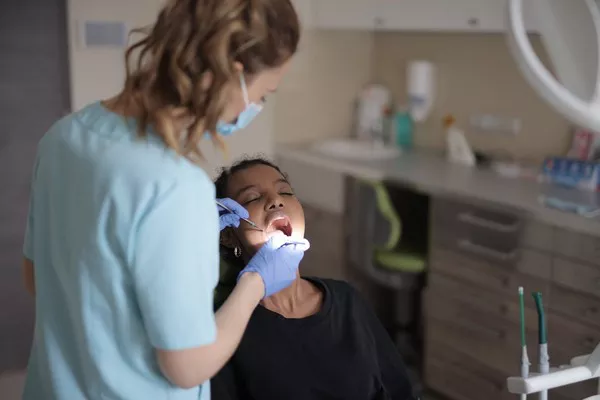Orthodontics is a specialized field of dentistry that focuses on diagnosing, preventing, and correcting malpositioned teeth and jaws. The primary goal of orthodontic treatment is to enhance both dental functionality and aesthetic appearance. However, the coverage and scope of orthodontic treatments can vary depending on several factors such as insurance plans, individual needs, and treatment providers. In this article, we will explore the different aspects of orthodontics and delve into what is typically covered under orthodontic treatments.
Understanding Orthodontics and Its Benefits
Definition and Importance
Orthodontics refers to the branch of dentistry concerned with the alignment and positioning of teeth and jaws. Correcting these issues offers numerous benefits, including improved oral health, enhanced facial aesthetics, better speech and pronunciation, and increased self-confidence.
Common Orthodontic Issues
Discuss common dental misalignments and irregularities, such as overcrowding, overbite, underbite, crossbite, open bite, and gaps between teeth. Explain how these issues can affect oral health and overall well-being.
Types of Orthodontic Treatments
Provide an overview of various orthodontic treatment options, including traditional braces, clear aligners, retainers, headgear, and jaw repositioning appliances. Discuss the suitability of each treatment for specific conditions and patient preferences.
Coverage of Orthodontic Treatments
Insurance Coverage
Detail how orthodontic coverage varies across different insurance plans. Highlight the importance of understanding insurance policies, limitations, waiting periods, and pre-authorization requirements. Emphasize the significance of obtaining pre-treatment estimates and verifying coverage before proceeding with orthodontic treatment.
Medicaid and Medicare Coverage
Explain the orthodontic coverage options available under Medicaid and Medicare. Discuss eligibility criteria, limitations, and potential out-of-pocket expenses for beneficiaries.
Orthodontic Discount Plans
Introduce orthodontic discount plans as an alternative for individuals without insurance coverage. Describe how these plans work, their benefits, and potential drawbacks.
Flexible Spending Accounts (FSAs) and Health Savings Accounts (HSAs)
Highlight how FSAs and HSAs can be utilized to cover orthodontic treatment costs. Explain the tax advantages and eligibility requirements associated with these accounts.
Factors Affecting Orthodontic Treatment Costs
Severity of the Condition
Discuss how the complexity and severity of orthodontic issues influence treatment costs. Explain how minor adjustments may require less time and resources compared to more complicated cases.
Type of Treatment
Explore how different orthodontic treatments impact overall costs. Compare traditional braces, clear aligners, and other specialized appliances in terms of effectiveness, aesthetics, and cost implications.
Geographic Location
Illustrate how treatment costs vary geographically due to factors such as local market dynamics, overhead expenses, and regional economic disparities.
Treatment Duration
Explain how treatment duration affects costs. Longer treatment periods often incur higher expenses due to additional visits, adjustments, and maintenance.
Importance of Orthodontic Treatment
Oral Health Benefits
Highlight the role of orthodontic treatment in preventing periodontal diseases, tooth decay, gum problems, and jaw disorders. Emphasize the long-term oral health benefits that result from properly aligned teeth and jaws.
Psychological and Emotional Impact
Discuss the positive psychological effects of orthodontic treatment on patients’ self-esteem, confidence levels, and social interactions. Explain how addressing dental irregularities can significantly improve quality of life.
Impact on Overall Well-being
Explore the relationship between orthodontic treatment and overall well-being, including improved speech, chewing efficiency, and facial aesthetics. Discuss how these factors contribute to a healthier and more fulfilling life.
Conclusion
Orthodontics plays a vital role in enhancing dental health, appearance, and overall well-being. While coverage for orthodontic treatments may vary, understanding insurance options, eligibility, and associated costs is crucial. By addressing common orthodontic issues and considering the importance of treatment, individuals can make informed decisions and take steps towards achieving a healthier, more confident smile.
Related Topics:





























